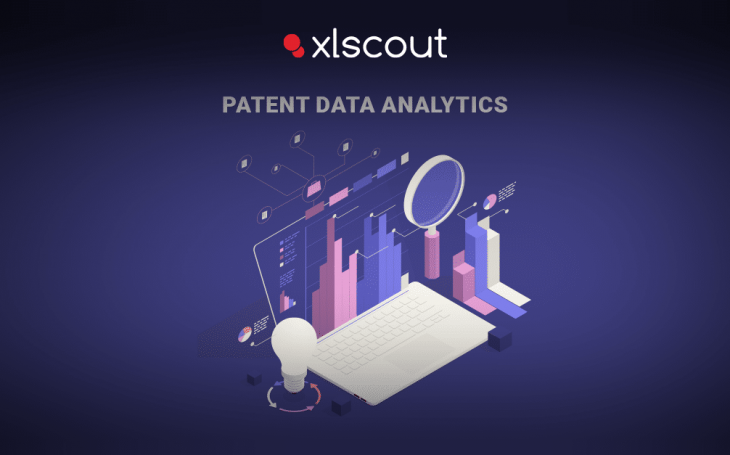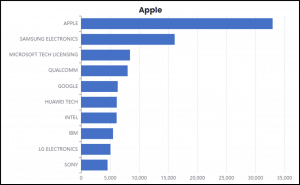
Patent Data Analytics: Not Just Patent Searching! Patent searching is increasingly being used to determine whether it is worthwhile to invest in research in a specific technology, who is entering or already is in space, and which countries are seeing the most growth in patent applications. There are numerous reasons for conducting patent searches and evaluating patent data. This article looks at some of those reasons, which aren’t just for locating prior art.
Patent searching was traditionally used to ascertain whether an invention could be filed as a patent application. This step was required to avoid a costly filing process, only to discover later those other patents and applications had preceded the invention, rendering it unpatentable. But what if you could just see new technologies and/or market entrants and, more importantly, whether they pose a real threat?
The Paradigm of “WHERE TO LOOK”
In one case study, a large consumer products company in the United States (US) was performing routine patent data analysis when they discovered that one of their direct competitors, also centered in the US, was filing patent applications in a faraway Mediterranean region. The problem was that the US company did not file patent applications in that region, allowing their competitor to make and use their inventions without consequence. Further investigation revealed that their competitor had established an R&D facility in that region.
To prevent further use of their inventions, the company immediately began filing patent applications there. This demonstrates that patent data can be used for purposes beyond prior art searching, as the company had no trouble getting the patent applications granted, but they were unaware of where their competitors were using them. As a result, they altered their filing strategy.
Who Are Our Competitors?
Most businesses know who their competitors are because it is their business to do so. But what if the known competitor is not the same as a new market entrant, perhaps a company trying to compete for a technology space rather than a brand space? One of the most effective methods for obtaining that information is to examine technologies that are relevant to yours, which are frequently embedded in patents. One of the most effective methods is to conduct a patent search. But what if you don’t have the time or expertise to investigate the various technologies relevant to your business?
Why not rely on the time and knowledge of patent examiners to take a peek at your technologies and tell you who is in your space? That is exactly what they do. To see what they see, look through the forward citations of your patents for rejections centered on your technology. Pay special attention to applications that were turned down a patent on the basis of your underlying technology.
How can Patent Data Analytics help?
Let us look at what is happening with patent filings in China. According to the World Intellectual Property Organization (WIPO), China surpassed the United States as the leading patent filer in 2019. Since the organization’s inception in 1978, the United States has been the largest international filer.
There is no efficient way to evaluate that much data without the use of advanced tools such as Novelty Checker, particularly when assessing potential prior art. Finding the relevant prior art is now unthinkable without analytical tools, considering the enormous amount of data from China alone. There is additionally a quality issue that cannot be determined solely by the numbers.
China has a ‘Made in China 2025’ plan that promotes a quantity first approach to patent filings rather than an innovation first approach. In China, there are benefits of filing patent applications. These include government subsidies, job promotions, and improved reputations for individuals, businesses, and universities. This complicates the patent data analytics space by producing a greater number of results. Since there are numerous potential prior art sources, determining what is truly relevant is difficult. Patent data analytics not only identifies potential prior art but also helps the searcher narrow the list based on relevance. Including citations in the search, which recognizes patents with citations, indicates if the underlying patents are being depended on in the searched space. This must be accomplished through the use of patent data analytics.

Summing Up
In conclusion, patent data analytics is having a moment… Don’t let the opportunity pass you by. This moment clearly exemplifies the data-driven world we live in.
Using patent data to generate useful results can help you make business decisions and plan for the future. “Without data, you’re just another person with an opinion,” as the old adage goes. The same is true for patent data. Data drives our world.

